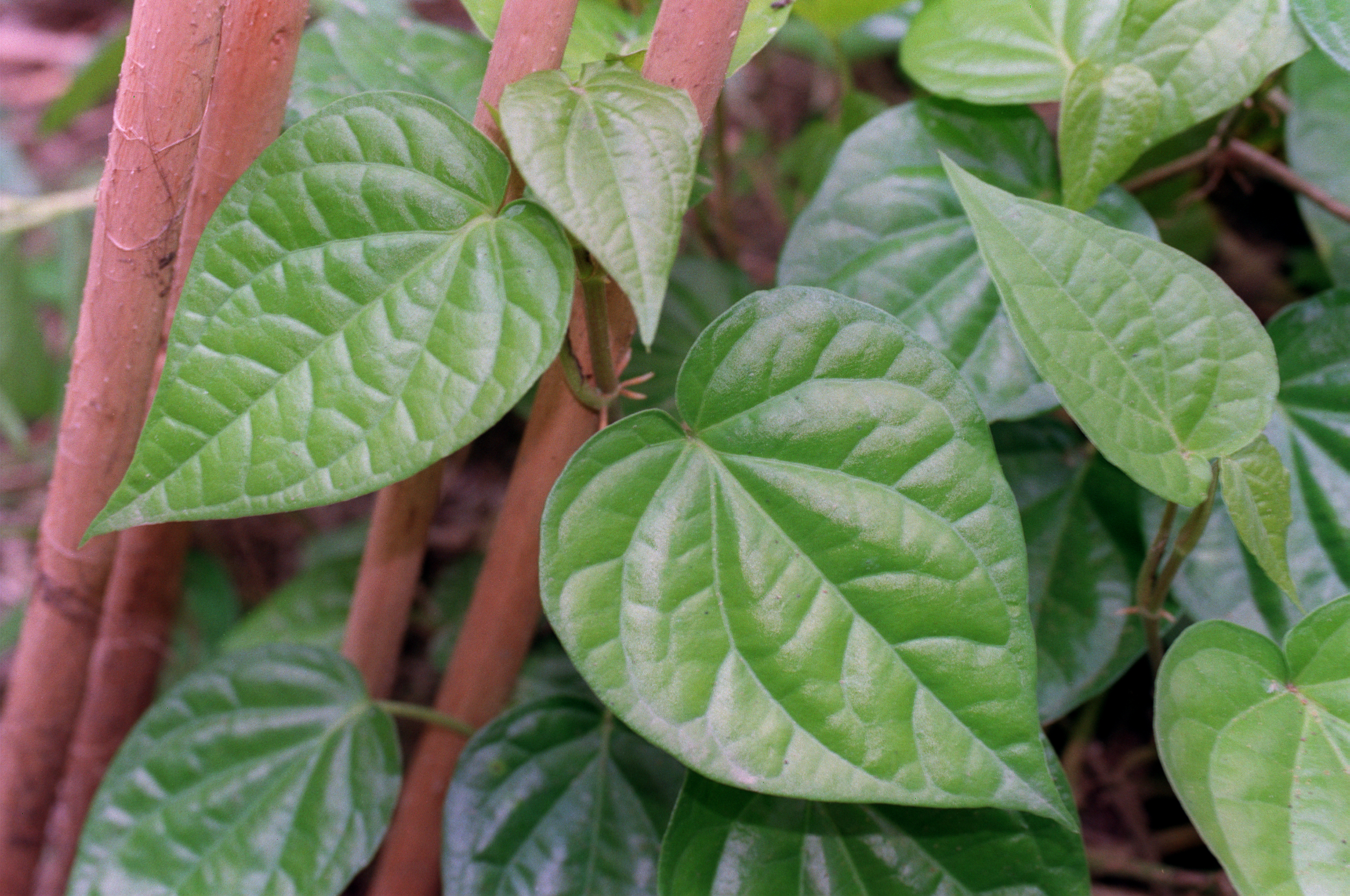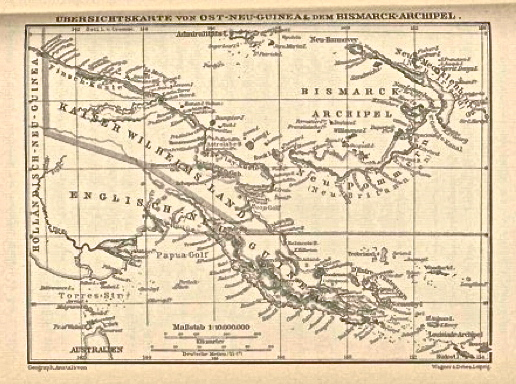|
Ampelocissus Asekii
''Ampelocissus asekii'' is a species of vine, in the family Vitaceae The Vitaceae are a family of flowering plants, with 14 genera and around 910 known species, including common plants such as grapevines (''Vitis'' spp.) and Virginia creeper (''Parthenocissus quinquefolia''). The family name is derived from the ge ..., from Morobe Province of Papua New Guinea. It is a close relative of '' Ampelocissus muelleriana'' Planch., another endemic of New Guinea and differs from the latter by its densely woolly tomentose lower leaflet surface and much thicker leaflets. The species is from the mid montane forests, whereas ''A. muelleriana'' occurs in the lowland rain forests. It is named after the type locality, the Aseki Patrol area in Morobe Province and was first described in 2013. References asekii Plants described in 2013 Endemic flora of Papua New Guinea {{Vitaceae-stub ... [...More Info...] [...Related Items...] OR: [Wikipedia] [Google] [Baidu] |
Jun Wen
Jun Wen (, Born December 27, 1963) is an evolutionary biologist and curator at the Smithsonian's National Museum of Natural History in the Department of Botany and has worked in the Laboratory of Molecular Systematics. She researches the monography, phylogenetics, biogeography, and ethnobotany of the plant families Araliaceae and Vitaceae. She has published over 190 scientific papers. Life and career Jun Wen was born on the 27th of December in 1963 in Hubei, China. in 1984 she graduated from the Huazhong Agricultural University, Central China Agricultural University (Also known as Huazhong Agricultural University) with a BS in Forestry. She attended Ohio State University and received a PhD in Biology in 1991. She completed a postdoctoral position at the Arnold Arboretum at Harvard University in 1994 and then moved to the Smithsonian for a postdoctoral fellowship. She was appointed as an assistant professor and curator of the herbarium at Colorado State University in the Departm ... [...More Info...] [...Related Items...] OR: [Wikipedia] [Google] [Baidu] |
Robert Kiapranis
The name Robert is an ancient Germanic given name, from Proto-Germanic "fame" and "bright" (''Hrōþiberhtaz''). Compare Old Dutch ''Robrecht'' and Old High German ''Hrodebert'' (a compound of ''Hrōþ, Hruod'' ( non, Hróðr) "fame, glory, honour, praise, renown" and ''berht'' "bright, light, shining"). It is the second most frequently used given name of ancient Germanic origin. It is also in use Robert (surname), as a surname. Another commonly used form of the name is Rupert (name), Rupert. After becoming widely used in Continental Europe it entered England in its Old French form ''Robert'', where an Old English cognate form (''Hrēodbēorht'', ''Hrodberht'', ''Hrēodbēorð'', ''Hrœdbœrð'', ''Hrœdberð'', ''Hrōðberχtŕ'') had existed before the Norman Conquest. The feminine version is Roberta (given name), Roberta. The Italian, Portuguese, and Spanish form is Roberto (given name), Roberto. Robert is also a common name in many Germanic languages, including English ... [...More Info...] [...Related Items...] OR: [Wikipedia] [Google] [Baidu] |
Michael Lovave
Michael may refer to: People * Michael (given name), a given name * Michael (surname), including a list of people with the surname Michael Given name "Michael" * Michael (archangel), ''first'' of God's archangels in the Jewish, Christian and Islamic religions * Michael (bishop elect), English 13th-century Bishop of Hereford elect * Michael (Khoroshy) (1885–1977), cleric of the Ukrainian Orthodox Church of Canada * Michael Donnellan (1915–1985), Irish-born London fashion designer, often referred to simply as "Michael" * Michael (footballer, born 1982), Brazilian footballer * Michael (footballer, born 1983), Brazilian footballer * Michael (footballer, born 1993), Brazilian footballer * Michael (footballer, born February 1996), Brazilian footballer * Michael (footballer, born March 1996), Brazilian footballer * Michael (footballer, born 1999), Brazilian footballer Rulers =Byzantine emperors= * Michael I Rangabe (d. 844), married the daughter of Emperor Nikephoros I ... [...More Info...] [...Related Items...] OR: [Wikipedia] [Google] [Baidu] |
Vine
A vine ( Latin ''vīnea'' "grapevine", "vineyard", from ''vīnum'' "wine") is any plant with a growth habit of trailing or scandent (that is, climbing) stems, lianas or runners. The word ''vine'' can also refer to such stems or runners themselves, for instance, when used in wicker work.Jackson; Benjamin; Daydon (1928). ''A Glossary of Botanic Terms with their Derivation and Accent'', 4th ed. London: Gerald Duckworth & Co. In parts of the world, including the British Isles, the term "vine" usually applies exclusively to grapevines ('' Vitis''), while the term "climber" is used for all climbing plants. Growth forms Certain plants always grow as vines, while a few grow as vines only part of the time. For instance, poison ivy and bittersweet can grow as low shrubs when support is not available, but will become vines when support is available. A vine displays a growth form based on very long stems. This has two purposes. A vine may use rock exposures, other plants, or o ... [...More Info...] [...Related Items...] OR: [Wikipedia] [Google] [Baidu] |
Vitaceae
The Vitaceae are a family of flowering plants, with 14 genera and around 910 known species, including common plants such as grapevines (''Vitis'' spp.) and Virginia creeper (''Parthenocissus quinquefolia''). The family name is derived from the genus ''Vitis''. Most ''Vitis'' species have 38 chromosomes (n=19), but 40 (n=20) in subgenus ''Muscadinia'', while ''Ampelocissus'', '' Parthenocissus'', and ''Ampelopsis'' also have 40 chromosomes (n=20) and '' Cissus'' has 24 chromosomes (n=12). The family is economically important as the berries of ''Vitis'' species, commonly known as grapes, are an important fruit crop and, when fermented, produce wine. Species of the genus '' Tetrastigma'' serve as hosts to parasitic plants in the family Rafflesiaceae. Taxonomy The name sometimes appears as Vitidaceae, but Vitaceae is a conserved name and therefore has priority over both Vitidaceae and another name sometimes found in the older literature, Ampelidaceae. In the APG III system (2009 ... [...More Info...] [...Related Items...] OR: [Wikipedia] [Google] [Baidu] |
Morobe Province
Morobe Province is a province on the northern coast of Papua New Guinea. The provincial capital and largest city is Lae. The province covers 33,705 km2, with a population of 674,810 (2011 census), and since the division of Southern Highlands Province in May 2012 it is the most populous province. It includes the Huon Peninsula, the Markham River, and delta, and coastal territories along the Huon Gulf. The province has nine administrative districts. At least 101 languages are spoken, including Kâte and Yabem language. English and Tok Pisin are common languages in the urban areas, and in some areas pidgin forms of German are mixed with the native language. History Nomenclature The Morobe Province takes its name from former German administration center of ''Morobe'' southeast of the Lae. Under German administration, Morobe (meaning post) was named Adolfhafen for the German Deutsch Neuguinea-Kompagnie's Adolf von Hansemann and German word ''hafen'' (''heɪfən'') meaning port) ... [...More Info...] [...Related Items...] OR: [Wikipedia] [Google] [Baidu] |
Papua New Guinea
Papua New Guinea (abbreviated PNG; , ; tpi, Papua Niugini; ho, Papua Niu Gini), officially the Independent State of Papua New Guinea ( tpi, Independen Stet bilong Papua Niugini; ho, Independen Stet bilong Papua Niu Gini), is a country in Oceania that comprises the eastern half of the island of New Guinea and its offshore islands in Melanesia (a region of the southwestern Pacific Ocean north of Australia). Its capital, located along its southeastern coast, is Port Moresby. The country is the world's third largest island country, with an area of . At the national level, after being ruled by three external powers since 1884, including nearly 60 years of Australian administration starting during World War I, Papua New Guinea established its sovereignty in 1975. It became an independent Commonwealth realm in 1975 with Elizabeth II as its queen. It also became a member of the Commonwealth of Nations in its own right. There are 839 known languages of Papua New Guinea, on ... [...More Info...] [...Related Items...] OR: [Wikipedia] [Google] [Baidu] |
Ampelocissus Muelleriana
''Ampelocissus'' is a genus of Vitaceae having 90 or more species found variously in tropical Africa, Asia, Central America, and Oceania. The type species, ''A. latifolia'', was originally treated under its basionym, ''Vitis latifolia'', and was collected from the Indian subcontinent. Species of ''Ampelocissus'' are herbaceous or woody, hermaphroditic or polygamo-dioecious flowering plants with tendrils for climbing. Fruits are grape-like berries having 1-4 seeds. Their diploid chromosomal number is 40 (2n=40). Species ''Plants of the World Online'' currently includes: # ''Ampelocissus abyssinica'' (Hochst. ex A.Rich.) Planch. # ''Ampelocissus acapulcensis'' (Kunth) Planch. # ''Ampelocissus acetosa'' (F.Muell.) Planch. # ''Ampelocissus aculeata'' (Span.) Planch. # ''Ampelocissus africana'' (Lour.) Merr. # ''Ampelocissus amentacea'' Ridl. # ''Ampelocissus angolensis'' (Baker) Planch. # ''Ampelocissus arachnoidea'' (Hassk.) Planch. # ''Ampelocissus araneosa'' (Dalze ... [...More Info...] [...Related Items...] OR: [Wikipedia] [Google] [Baidu] |
Ampelocissus
''Ampelocissus'' is a genus of Vitaceae having 90 or more species found variously in tropical Africa, Asia, Central America, and Oceania. The type species, ''A. latifolia'', was originally treated under its basionym, ''Vitis latifolia'', and was collected from the Indian subcontinent. Species of ''Ampelocissus'' are herbaceous or woody, hermaphroditic or polygamo-dioecious flowering plants with tendrils for climbing. Fruits are grape-like berries having 1-4 seeds. Their diploid chromosomal number is 40 (2n=40). Species ''Plants of the World Online'' currently includes: # ''Ampelocissus abyssinica'' (Hochst. ex A.Rich.) Planch. # ''Ampelocissus acapulcensis'' (Kunth) Planch. # ''Ampelocissus acetosa'' (F.Muell.) Planch. # ''Ampelocissus aculeata'' (Span.) Planch. # ''Ampelocissus africana'' (Lour.) Merr. # ''Ampelocissus amentacea'' Ridl. # ''Ampelocissus angolensis'' (Baker) Planch. # ''Ampelocissus arachnoidea'' (Hassk.) Planch. # ''Ampelocissus araneosa'' (Dal ... [...More Info...] [...Related Items...] OR: [Wikipedia] [Google] [Baidu] |
Plants Described In 2013
Plants are predominantly photosynthetic eukaryotes of the kingdom Plantae. Historically, the plant kingdom encompassed all living things that were not animals, and included algae and fungi; however, all current definitions of Plantae exclude the fungi and some algae, as well as the prokaryotes (the archaea and bacteria). By one definition, plants form the clade Viridiplantae (Latin name for "green plants") which is sister of the Glaucophyta, and consists of the green algae and Embryophyta (land plants). The latter includes the flowering plants, conifers and other gymnosperms, ferns and their allies, hornworts, liverworts, and mosses. Most plants are multicellular organisms. Green plants obtain most of their energy from sunlight via photosynthesis by primary chloroplasts that are derived from endosymbiosis with cyanobacteria. Their chloroplasts contain chlorophylls a and b, which gives them their green color. Some plants are parasitic or mycotrophic and have lost the ability t ... [...More Info...] [...Related Items...] OR: [Wikipedia] [Google] [Baidu] |



